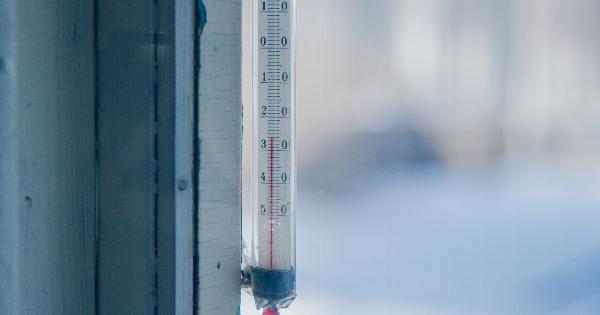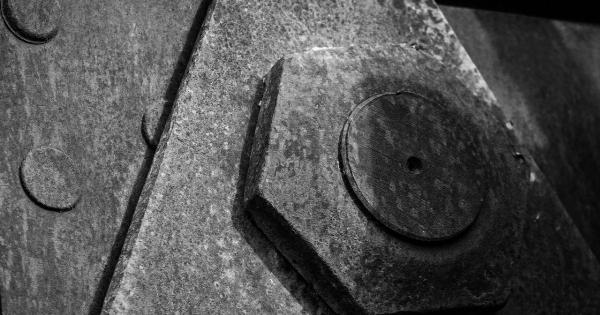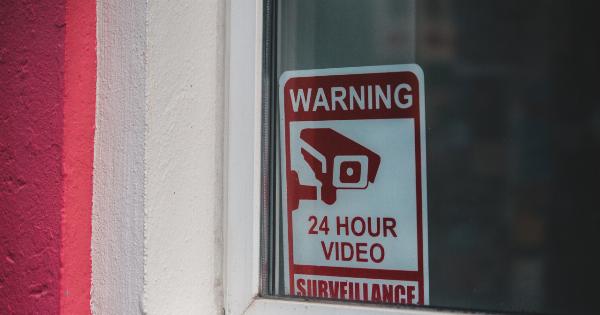Pressure buildup is a common problem in many machines and system processes. It can lead to unexpected outcomes such as equipment failures, safety hazards, and even explosions.
Various factors such as temperature changes, equipment malfunctions, and blockages can contribute to this problem. In this article, we will discuss the unforeseen factors that lead to sudden pressure increases and how to mitigate them.
1. Water Hammer
Water hammer is one of the most common reasons for sudden pressure increases in the fluid system. It occurs due to the sudden stopping or starting of liquid flow, leading to pressure surges that can cause damage to the system components.
The pressure waves generated can cause vibration, noise, and pipe rupture, leading to costly repairs. The best way to mitigate this problem is to install water hammer arrestors, change the pipe layout, or install a pressure-reducing valve.
2. Component Failure
Mechanical equipment such as pumps, blowers, and compressors are vital to the operation of any process plant. However, their prolonged usage and lack of proper maintenance can lead to component failure and sudden pressure increases.
Broken impellers, clogged filters, and faulty valves can cause sudden pressure surges that can damage the piping system and create safety hazards. It is essential to follow a preventive maintenance plan and replace worn-out components before they fail.
3. Temperature Changes
Temperature changes can cause sudden pressure increases in the pipework system. When the temperature of the fluid rises, its volume expands, leading to pressure build-up.
On the other hand, when the temperature reduces, the fluid contracts, leading to a vacuum buildup that can cause pipe collapse. It is essential to consider thermal expansion in the design and installation of the pipework system and install expansion joints or bellows to absorb the expansion and contraction effects.
4. Blockages
Blocked pipes and equipment can lead to sudden pressure increases in the system. The buildup of debris, scale, dirt, or other foreign material can create flow restrictions that hinder the normal flow of the fluid, leading to a pressure surge.
The pressure buildup can cause pipe or equipment failure, leading to safety hazards and costly repairs. Regular cleaning of pipes, filters, and other system components is essential to prevent blockages.
5. Human Error
Human error is one of the unforeseen factors that can cause a sudden pressure increase in the system.
Accidental opening or closing of valves, incorrect operation of equipment, or disregarding system alarms and warning signals can create safety hazards and lead to equipment failures. It is essential to train personnel on the proper operation and maintenance of the systems, implement safety procedures and conduct regular safety audits to prevent human errors.
6. Corrosion
Corrosion is a common problem in piping systems, especially in harsh environments. The corrosion process can lead to thinning of piping walls, leaks, and ultimately, sudden pressure surges.
The corrosion by-products can also accumulate at the pipe’s low spots, leading to blockages and pressure build-up. It is essential to inspect and monitor the piping system regularly, install corrosion-resistant materials, and apply protective coatings to prevent corrosion.
7. External Forces
External forces such as earthquakes, landslides, or man-made accidents can cause sudden pressure increases in the system. These forces can damage the piping system, block the flow, or cause equipment failures, leading to a sudden surge in pressure.
It is essential to design and install the system considering external forces and conduct regular inspections to detect any signs of damage.
8. Improper Valve Sizing and Selection
Valves are essential components in the pipework system that control the flow, pressure, and safety of the process. However, improper valve sizing and selection can cause sudden pressure increases in the system.
Oversized valves can lead to excessive flow, while undersized valves can create a restriction and cause pressure buildup. It is essential to select the appropriate valve type and size, considering the process requirements and the fluid characteristics.
9. Hydraulic Shock
Hydraulic shock is a phenomenon that occurs due to the sudden closure of valves in the fluid system. The resulting pressure surge can cause vibration, noise, and damage to the piping system.
The shockwave can travel back and forth in the system, leading to repeated pressure surges that can create safety hazards. Installing check valves, slow-closing valves, and relief valves can help prevent hydraulic shocks.
10. Inadequate Air Release
Air accumulation in the fluid system can cause pressure surges and damage the piping system. Air pockets can form in the high points of the piping system, blocking the flow and causing pressure build-up.
It is essential to install air release valves in the high points of the system to remove any trapped air and prevent pressure surges.




























